The carnivore diet, or high-meat diet, is getting more popular by the day. From a biological perspective, the trend is surprising, as humans are not natural carnivores and thus, eating like a carnivore mismatches our anatomy and physiology. Read our article on the carnivore diet dangers here.
As omnivores, we are able to digest meat. However, because we are frugivorous omnivores, we have developed mainly adaptations for fruit-eating, not for high-meat diets!
In this article, you will find what type of carnivorous adaptations we lack – and why we eat meat nevertheless today!
For quick readers:
Humans are not biological carnivores. We are frugivorous omnivores.
Humans’ dietary adaptations (anatomy and physiology) and ecology are not that of typical meat-eating mammals. Humans come from a frugivorous ancestry, and our original habitats were tropical forests (Scerri et al., 2022), not the open Savannah, as new research finally corrects the wrong idea. Humans are frugivorous omnivores, like all apes!

What are unique adaptations for meat-eating that humans don’t have? Anatomically, we lack claws, sharp teeth, speed and reaction to movement, and monochromatic vision for efficient hunting. Physiologically, we are not equipped to process the amount of protein, excess amino acids, and ammonia. We are immunologically not as immune to meat-borne toxins as true carnivores are. Further, we are not instinctively attracted to eating the organs from dead animals or the taste of blood, nor do we have the instinct to hunt.
Read more about these adaptations below.
Click to read more.
But why do we eat meat today?
Humans are cultural omnivores: we migrated out of our natural habitat into colder habitats where we made non-foods edible by cooking (read more here). This is a cultural adaptation, which has largely prevented genetic adaptations, meaning that our biological make-up is still that of a tropical frugivorous species (read more here).

“Through cultural innovation and changes in habitat and ecology, there have been a number of major dietary shifts in human evolution, including meat eating, cooking, and those associated with plant and animal domestication.”
Luca et al. 2010
Let’s look at six traits of biological meat-eaters that humans do not have:
Unique adaptations of carnivores lacking in humans
Meat-eating requires certain anatomical and physiological traits (dietary adaptations). Humans have overcome these challenges with culture rather than biological adaptations!
So, which adaptations are found in meat-eating mammals that are lacking in the human species? Here are a few:
1. High resistance against meat-borne diseases
Generally, natural meat-eaters are more resistant to meat-borne toxins, while plant-eaters tolerate more plant-based chemicals – like essential oils. Here are the two most prominent examples:
Botulism: While in humans Botulism from meat is a serious condition, cats – as carnivores – have developed a high resistance to botulism as carnivores (read more in this vet’s article).
Salmonella: Salmonella has a high zoonotic potential for humans because, as non-carnivorous species, we have a weaker resistance against the meat-borne disease compared to naturally meat-eating species: Wild animals, especially carnivores, are silent carriers of salmonella, meaning the infection is not causing disease in their (resistant) system! Read the study here.
2. Kidneys that can process high-protein foods (meat)
Kidneys of carnivores can process a high-protein diet, while human kidneys cannot: The kidneys of different dietary types (carnivores, omnivores, herbivores) are different in their urea permeability proportional to their natural meat intake (Liu et al., 2010).
“…it is time to unleash the taboo and make it loud and clear that a high-protein diet is not as safe as claimed, as it may compromise kidney health…”
Kalantar-Zadeh et al., (2020)
Our ancestors avoided excess protein by choosing meat high in fats while avoiding lean meat (read more here). Human kidneys are not adapted to excrete the amount of urea that carnivores do! Not surprisingly, the trend of high-protein diets is highly damaging to kidney health, even in people with no previous kidney issues!
Read the full article on the dangers of “the carnivore diet” trend here.
3. Vision optimized to detect prey’s movement
Humans, all apes, and frugivorous primates have specialized trichromatic color vision to detect fruits.
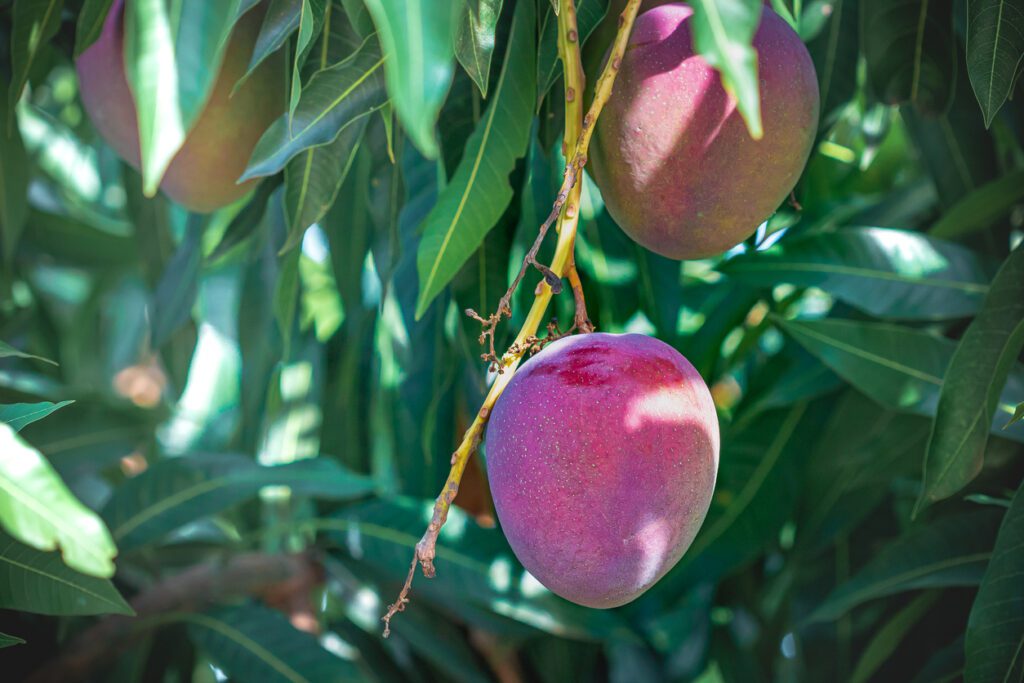
For carnivores and hunters in general, color vision would be maladaptive because color distracts from focusing on movement. Black-white (monochromatic) vision, on the other hand, helps the hunter to detect the movements of their prey.


4. Claws and sharp teeth: Tools for hunting
This is definitely the classic argument. It does not seem too spectacular, as humans are able to use their intelligence and tools for hunting. However, there is a fundamental difference between cultural and biological adaptation in terms of a species-appropriate diet! While natural meat-eating species have not only evolved sharper claws and teeth (the “biological tools” for hunting), their physiology and digestive system have also evolved to process meat as a natural food source – unlike humans:
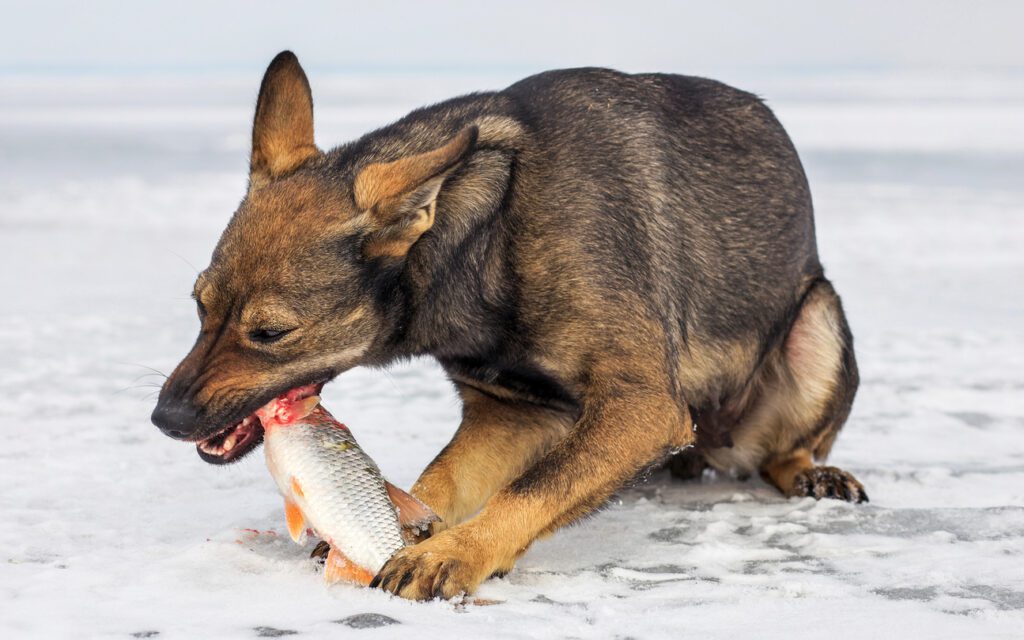
Humans have culturally adapted to hunt and obtain meat as a survival food source with tools and by making it safe and palatable through cooking. Humans have developed cultural adaptation, which allows us to overcome the boundaries set by our biology, with the consequence that we are eating foods we have not evolved to eat, digest, or metabolize (read more here about cultural vs. biological adaptations in diet).

5. Hunting instincts
We don’t identify an animal or dead animal as a source of food!
Most of us would not partake in hunting and killing animals for food if we did not grow into a culture – because it is not encoded into our natural instincts – unlike carnivores or carnivorous omnivores. In nature, we would eat fruits and veggies first, and some eggs or even insects. Only survival and hunger motivate humans to hunt vertebrate animals. In fact, most humans would not want to eat the fresh meat of prey and even watch it in disgust if others do eat it.
Most humans possess no instincts to hunt or kill – especially without tools. I once had to kill a small bird that was attacked by my cat and was severely injured. While my cat watched the little creature in pain with no compassion, I needed to end this poor bird’s suffering. It was one of the hardest things to do. My friends said they could not even do it at all… but they do eat meat that is pre-prepared. There is a reason we outsource killing to factory workers, who end up falling into depression quickly on this cruel “job.” Most meat-eating people would not kill even the smallest mammals, like mice or even birds.
I actually had difficulties in finding a matching featured image for this article because I love to keep the picture inspiring and beautiful – but there is just nothing inspiring or pretty about meat or hunting. But there is plenty of beauty in fruit pictures – with good reason!

This brings us to the next, related point:
6. Sensory Perception: Actually feeling appealed by raw meat!
Our instincts give us an unmistakable warning: disgust. We do not actually like raw meat like carnivores do! Not even cooked, but unseasoned meat! But natural meat-eaters do!
Humans have negative sensory perceptions of raw meat: taste, smell, and visual cues repel us from things that we are not supposed to eat, as a protection.

We think cat food smells disgusting, while our furry friends, cats, and dogs, are actually appealed by this stinky, ugly mushed meat, or even raw pieces of meat!

Humans and dogs are both omnivores. However, while humans are frugivorous omnivores, dogs are equipped to eat raw meat – and like it. They cannot live off fruit, like primates do!

What about B12?
Vitamin B12 is often used as an argument for humans needing meat (or at least eggs or dairy) in their diet, as only animal-based foods contain B12. This is, however, not true in a natural setting and when having a species-specific diet:
There is a case study and anecdotal evidence that the human microbiome is capable of producing and absorbing B12 under natural conditions, which includes a high-fruit diet.
New research shows that bananas contain vitamin B12, which could change the views on plant-based B12. However – for now – it’s highly advisable to track B12 levels and consider supplementation.

What about the traditional meat-based diet of Inuits?
Inuits are cold-indigenous people who survive on meat only and eat meat raw. This practice helps to obtain important nutrients that are lost due to heating. Raw organ meat provides vitamin C! Inuits are also known to eat meats with a high fat content, which ensures enough energetic macronutrients and lowers the amount of protein.
The question arises: is raw meat instinctually what humans would prefer as their food source in nature? Or is this survivalfood? I tend towards the latter, due to our natural instincts and the low life expectancy of Inuits.
Conclusion
Humans lack basic adaptations for meat eating. While we are obviously not carnivores, we seem confused about what we actually have evolved to eat. Humans are omnivores, but we come from a highly frugivorous ancestry! Our closest relatives – apes – are all still highly frugivorous and thus have evolved as specialized fruit-eaters. Chimpanzees are omnivorous frugivores, and humans, too!
Learn about our characteristics as frugivores in our in-depth article:
References
- Scerri, E.M. et al. (2022) ‘Tropical forests in the deep human past’, Philosophical Transactions of the Royal Society B: Biological Sciences, 377(1849). doi:10.1098/rstb.2020.0500.
- Luca, F., Perry, G.H. and Di Rienzo, A. (2010) ‘Evolutionary adaptations to dietary changes’, Annual Review of Nutrition, 30(1), pp. 291–314. doi:10.1146/annurev-nutr-080508-141048.
- Hollinger, H. (2023) Botulism in cats, Symptoms, Causes, Diagnosis, Treatment, Recovery, Management, Cost. Available at: https://wagwalking.com/cat/condition/botulism (Accessed: 05 June 2023).
- Gambi, L. et al. (2022) ‘Prevalence of different salmonella enterica subspecies and serotypes in wild carnivores in Emilia-Romagna region, Italy’, Animals, 12(23), p. 3368. doi:10.3390/ani12233368.
- K. Kalantar-Zadeh, H. M. Kramer, D. Fouque, High-protein diet is bad for Kidney Health: Unleashing the Taboo. Nephrology Dialysis Transplantation (2019), doi:10.1093/ndt/gfz216.
- L. Liu et al., Erythrocyte permeability to urea and water: Comparative study in rodents, ruminants, carnivores, humans, and birds. Journal of Comparative Physiology B. 181, 65–72 (2010), doi:10.1007/s00360-010-0515-5.
- B. C. Regan et al., Frugivory and colour vision in Alouatta Seniculus, a trichromatic Platyrrhine Monkey. Vision Research. 38, 3321–3327 (1998), doi:10.1016/s0042-6989(97)00462-8.
- Carvalho, L.S. et al. (2017) ‘The genetic and evolutionary drives behind Primate Color Vision’, Frontiers in Ecology and Evolution, 5. doi:10.3389/fevo.2017.00034.
- P. Gadsby, The Inuit paradox. Discover Magazine (2020) (available at https://www.discovermagazine.com/health/the-inuit-paradox).
- Life expectancy in the Inuit-inhabited areas of Canada, 1989 to 2003 – Findings. Health Reports: Life expectancy in the Inuit-inhabited areas of Canada, 1989 to 2003 (available at https://www150.statcan.gc.ca/n1/pub/82-003-x/2008001/article/10463/4149059-eng.htm).

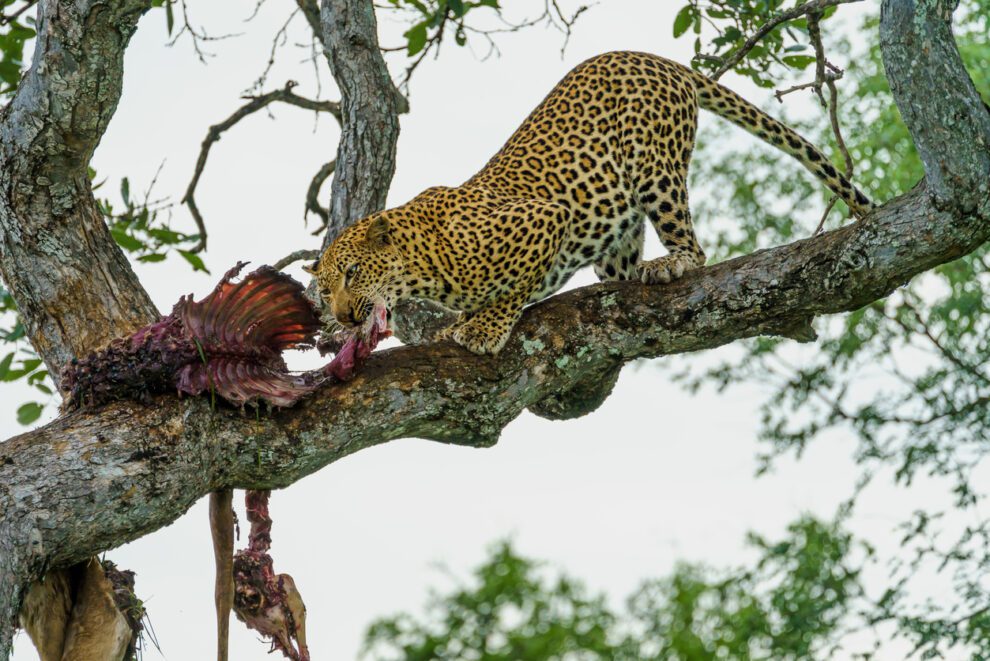
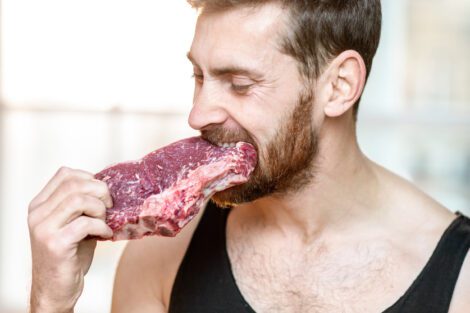
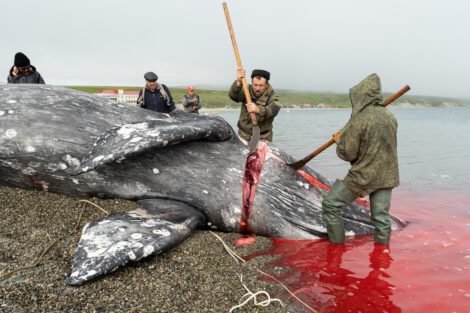

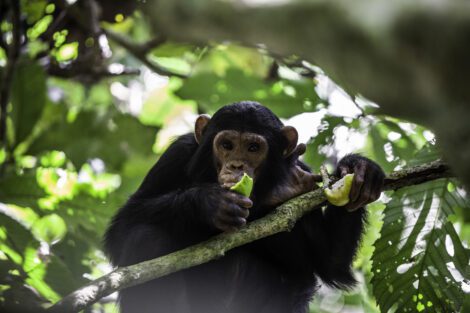
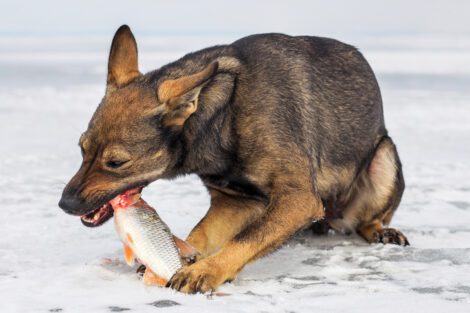
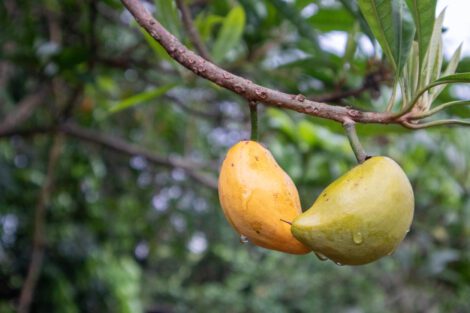

Add Comment